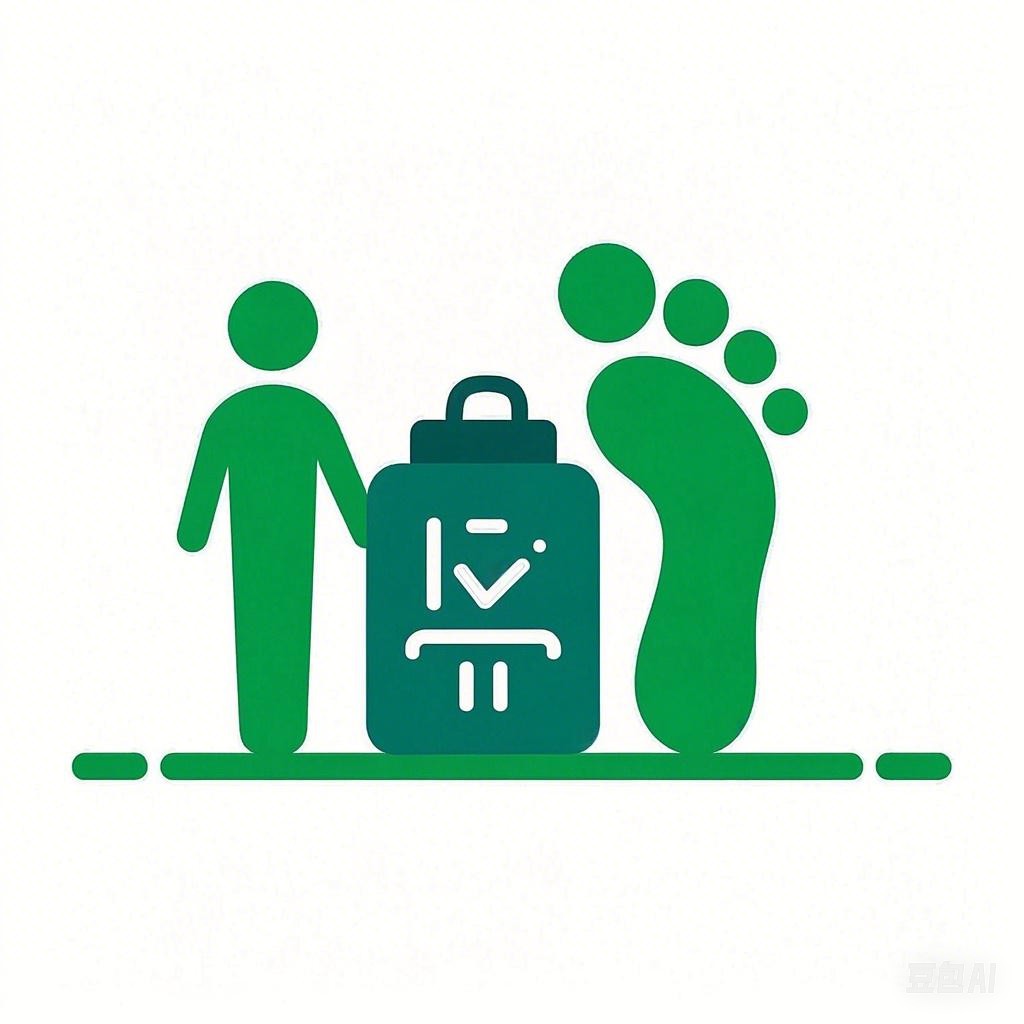Introduction
In today’s world, environmental awareness is more crucial than ever. Educating people about eco-friendly practices can lead to significant changes in their daily habits. This handout aims to provide creative ideas for English language materials that can be used to promote environmental awareness in an engaging and fun way. Whether you’re a teacher, an environmental activist, or simply someone looking to spread the word, these ideas will help you create effective and captivating handouts.
1. Interactive Storybooks
Overview
Interactive storybooks are a fantastic way to engage children and adults alike. They can be used to teach about different aspects of environmental conservation.
Ideas
- “The Journey of a Plastic Bottle”: Follow a plastic bottle from its creation to its disposal and the impact it has on the environment.
- “The Adventures of the Leaf”: The story of a leaf’s journey through the ecosystem, highlighting the importance of trees and forests.
Example
**Title:** The Journey of a Plastic Bottle
**Page 1:**
- **Image:** A happy child playing with a new plastic toy.
- **Text:** "Once upon a time, a plastic bottle was born. It was excited to be part of a child's playtime."
**Page 2:**
- **Image:** The bottle being discarded in a landfill.
- **Text:** "But soon, the bottle's journey took a turn. It was thrown away and forgotten."
**Page 3:**
- **Image:** The bottle being buried in the ground, surrounded by other plastic waste.
- **Text:** "The bottle felt sad. It knew it had caused harm to the Earth."
**Page 4:**
- **Image:** The bottle being recycled and transformed into a new product.
- **Text:** "With help from kind people, the bottle was recycled and given a new life."
**Page 5:**
- **Image:** The child using the new product made from the recycled bottle.
- **Text:** "The child was happy again, knowing that they helped save the Earth."
2. Quiz Handouts
Overview
Quizzes are a great way to test knowledge and reinforce learning. They can be designed to be fun and interactive.
Ideas
- “Eco-Friendly Trivia”: A series of questions about recycling, conservation, and sustainable living.
- “The Great Waste Sort”: A game where participants sort items into recyclable, compostable, and non-recyclable categories.
Example
**Title:** Eco-Friendly Trivia
**Question 1:**
- **Question:** What is the most common type of plastic found in oceans?
- **Options:**
- A) Polyethylene
- B) Polypropylene
- C) Polystyrene
- D) All of the above
**Answer:** D) All of the above
**Question 2:**
- **Question:** How long does it take for a plastic bottle to decompose in a landfill?
- **Options:**
- A) 1 month
- B) 1 year
- C) 10 years
- D) 50 years
**Answer:** D) 50 years
3. Infographics
Overview
Infographics are visually appealing and easy to understand. They can convey complex information about environmental issues in a concise manner.
Ideas
- “The Carbon Footprint of Everyday Items”: Compare the environmental impact of different everyday items.
- “The Water Cycle”: A visual representation of how water moves through the environment.
Example
**Title:** The Carbon Footprint of Everyday Items
**Image:** A comparison chart showing the carbon footprint of various items, such as a car, a plane, and a bicycle.
**Legend:**
- **Red:** High carbon footprint
- **Yellow:** Medium carbon footprint
- **Green:** Low carbon footprint
**Items:**
- Car: Red
- Plane: Red
- Bicycle: Green
4. Environmental Pledge Cards
Overview
Pledge cards encourage individuals to commit to specific eco-friendly actions. They can be used as a tool for personal accountability and community engagement.
Ideas
- “30-Day Waste-Free Challenge”: A card that outlines 30 different ways to reduce waste.
- “Green Habit Tracker”: A daily tracker to help individuals monitor their eco-friendly habits.
Example
**Title:** 30-Day Waste-Free Challenge
**Day 1:**
- **Action:** Refuse single-use plastics.
- **Description:** Carry a reusable bag, water bottle, and straw.
**Day 2:**
- **Action:** Compost your food scraps.
- **Description:** Start a compost bin at home or join a local composting program.
**Day 3:**
- **Action:** Reduce water usage.
- **Description:** Take shorter showers and fix any leaks.
**...**
**Day 30:**
- **Action:** Share your experience with friends and family.
- **Description:** Spread the word about the challenge and encourage others to join.
Conclusion
By using these creative English handout ideas, you can effectively promote environmental awareness and encourage others to adopt eco-friendly practices. Whether through interactive storybooks, quizzes, infographics, or pledge cards, these resources will help you engage your audience and make a positive impact on the environment.
